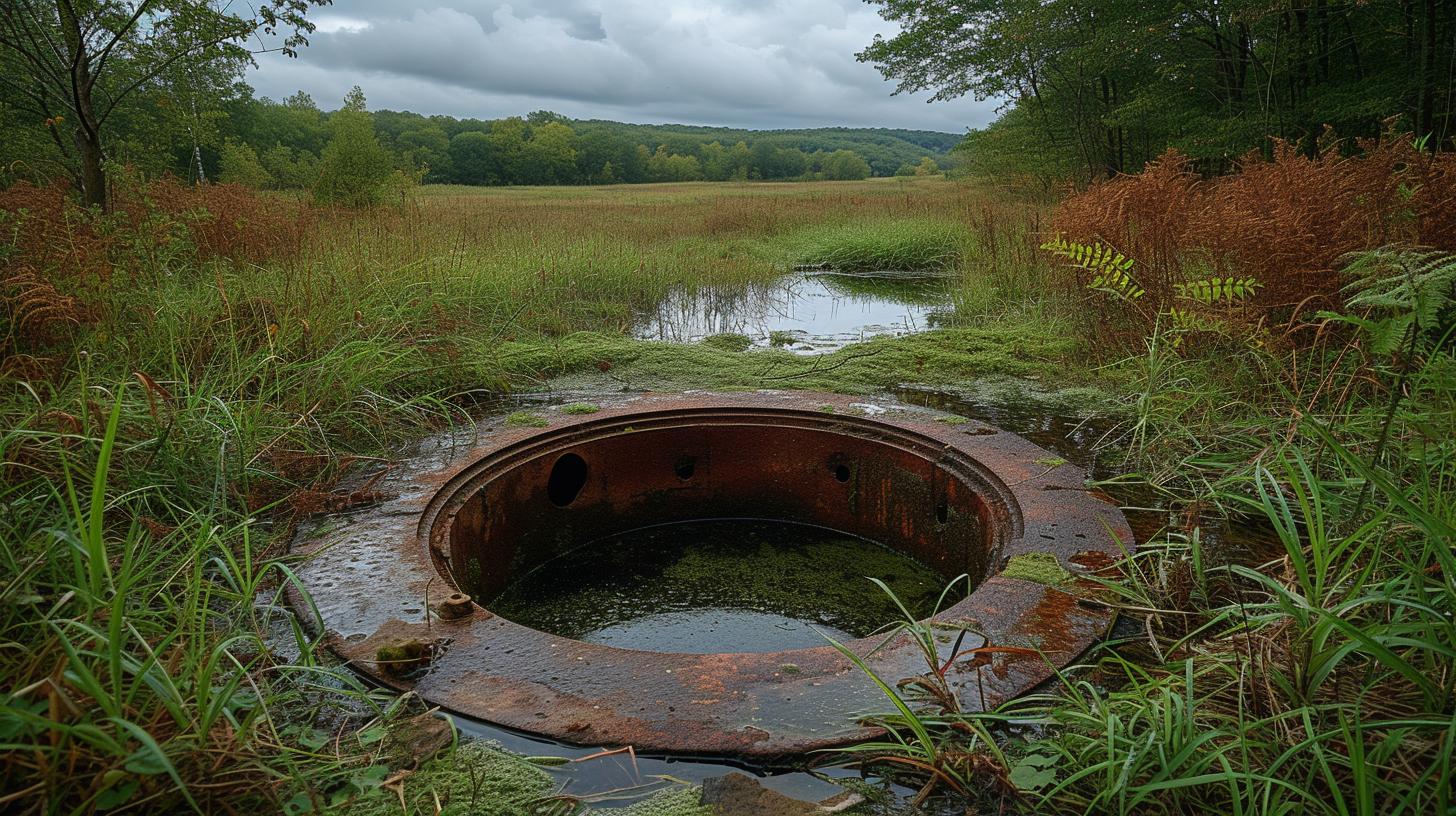Key points
• Waste Separation: A septic tank works by separating solid waste from liquids. Solids settle at the bottom forming sludge, while oils and grease float to the top as scum. The middle layer of relatively clear water, called effluent, exits the tank and moves to the drain field.
• Biological Decomposition: Inside the tank, anaerobic bacteria naturally break down the solid waste, reducing its volume and complexity. This process minimizes the solid waste that must be periodically removed from the tank.
• Effluent Filtration: After the solids settle, the effluent passes through a filter or into a secondary treatment system before it is discharged into the drain field. There, it percolates through the soil, which further treats the wastewater by removing harmful bacteria, viruses, and nutrients.
Contents
- 1 Key points
- 2 Definition and Purpose of Septic Tanks
- 3 Overview of Septic Tank Role in Waste Management
- 4 Waste Inflow and Separation
- 5 The Settling Process
- 6 Solids (Sludge)
- 7 Liquids (Effluent)
- 8 Fats, Oils, and Grease (Scum)
- 9 Septic Tank Depth
- 10 Anaerobic Digestion
- 11 The Role of the Drainfield
- 12 Efficient Use of Water
- 13 Impact on Local Ecosystems
- 14 Frequently Asked Questions (FAQ)
Definition and Purpose of Septic Tanks
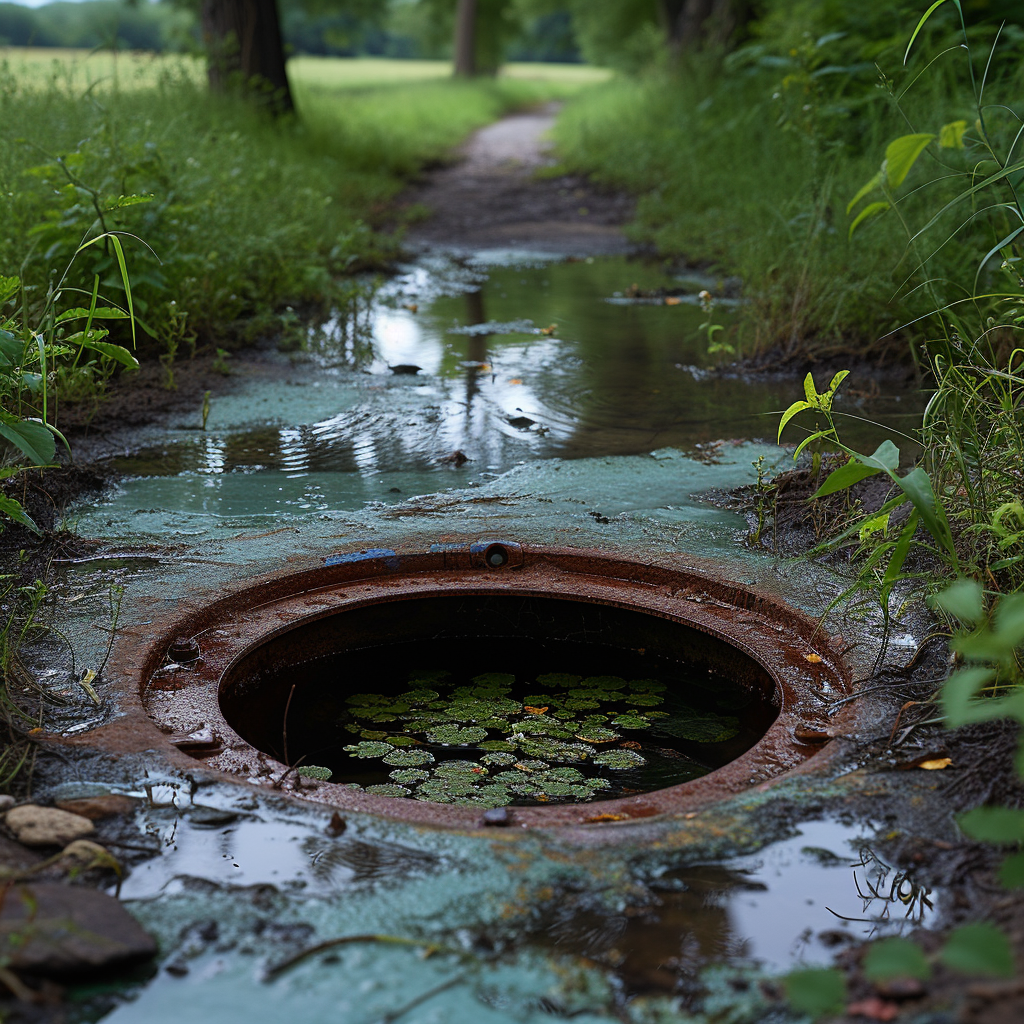
What’s a septic tank, you wonder? Picture a buried, watertight container commonly crafted from concrete, fiberglass, or polyethylene. Its job? To receive wastewater from your home—think toilets, showers, kitchen sinks, washing machines—that sort of stuff.
The magic happens when solids settle down forming sludge while oils float up as scum. But it’s not just about storage; septic tanks house a bustling community of bacteria working around the clock to partly digest the solids. Sounds gross but it’s essential for reducing contaminants – out of sight and mind!
Overview of Septic Tank Role in Waste Management
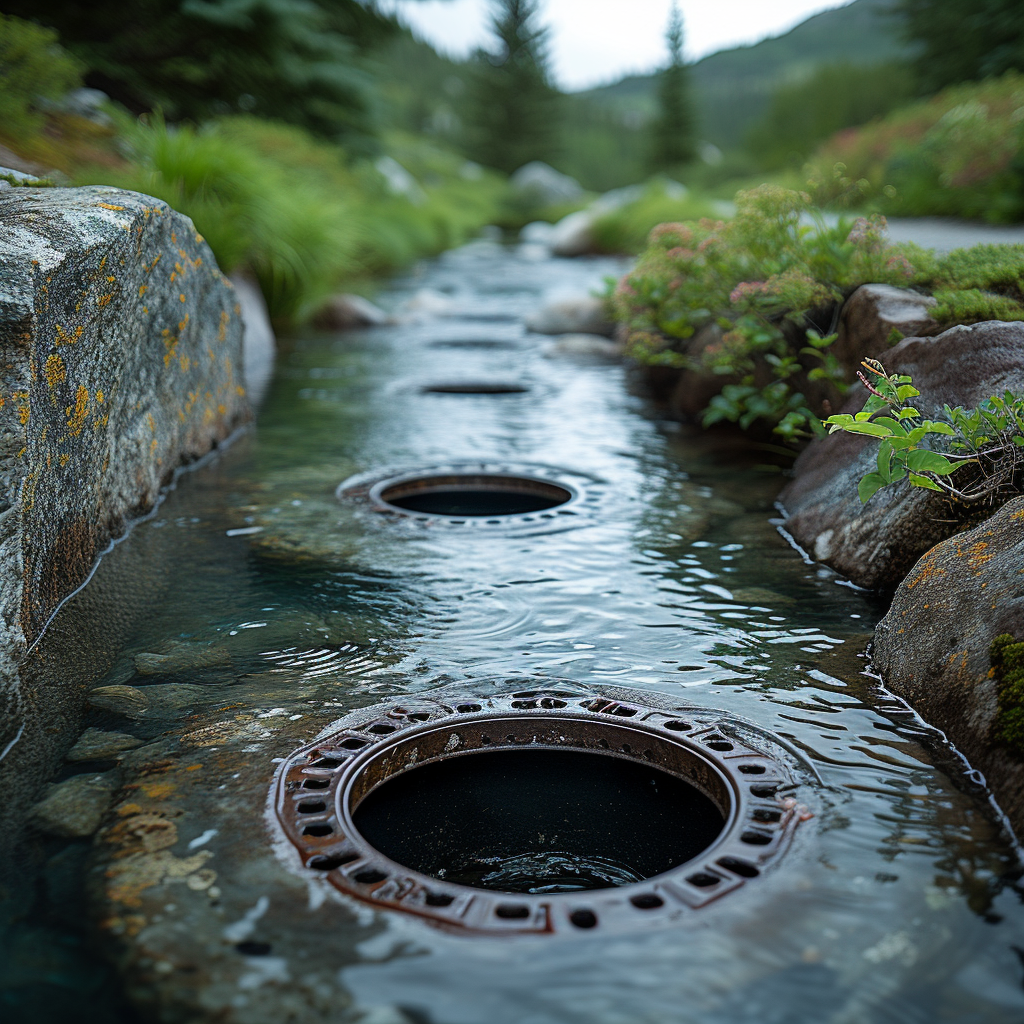
In the orchestra that is waste management, septic tanks are like the unsung heroes humming away underground. They shoulder responsibility for separating scum and solids from liquids before guiding the clearer effluent to the next stop on its cleansing journey—the drain field or leach field, to be precise.
Here’s where things get a tad technical with layers of soil acting as natural filters to clean the wastewater en route back into the groundwater system. Simply put, if you treat ’em right by avoiding overuse and regular maintenance checks, these tanks can serve you well without much fuss—a classic set-it-and-forget-it situation.
Inlet and Outlet Pipes
To kick things off, let’s chat about the inlet and outlet pipes. These aren’t your average pipes – think of them as the grand entrances and exits for the wastewater in your home. The inlet pipe is the bigwig; it takes all the waste from your house and introduces it to the septic tank with a ‘How do you do?’.
On the other side, you’ve got the outlet pipe, which has the important job of sending the treated water on its merry way out into the drain field.
The Tank Itself
This isn’t just any old container; it’s a watertight box usually made from concrete or fiberglass that plays host to all sorts of biological decomposition shenanigans.
In here, your household waste separates into layers with solids settling at the bottom, oils, and fats floating to the top while the clearer liquid – known as effluent – hangs out in the middle waiting for its turn to leave through that aforementioned outlet pipe.
Baffles or Tees
Last but not least, we’ve got baffles or tees – these little guys are like crowd control for your tank’s internal party. They regulate the flow of wastewater into and out of the tank. Think of them as bouncers at a club; they deflect incoming waste downward and keep the exit path clear so that scum doesn’t sneak into the drain field. Without these pals, things can get pretty messy– and I’m not just throwing around clichés!
We all know too much of a good thing can be bad, and this applies to information retrieval too! So there ya have it: a straightforward scoop on septic tanks. Now go ahead, use this newly acquired knowledge wisely – but remember, don’t sweat the small stuff (like those occasional typos).
Waste Inflow and Separation
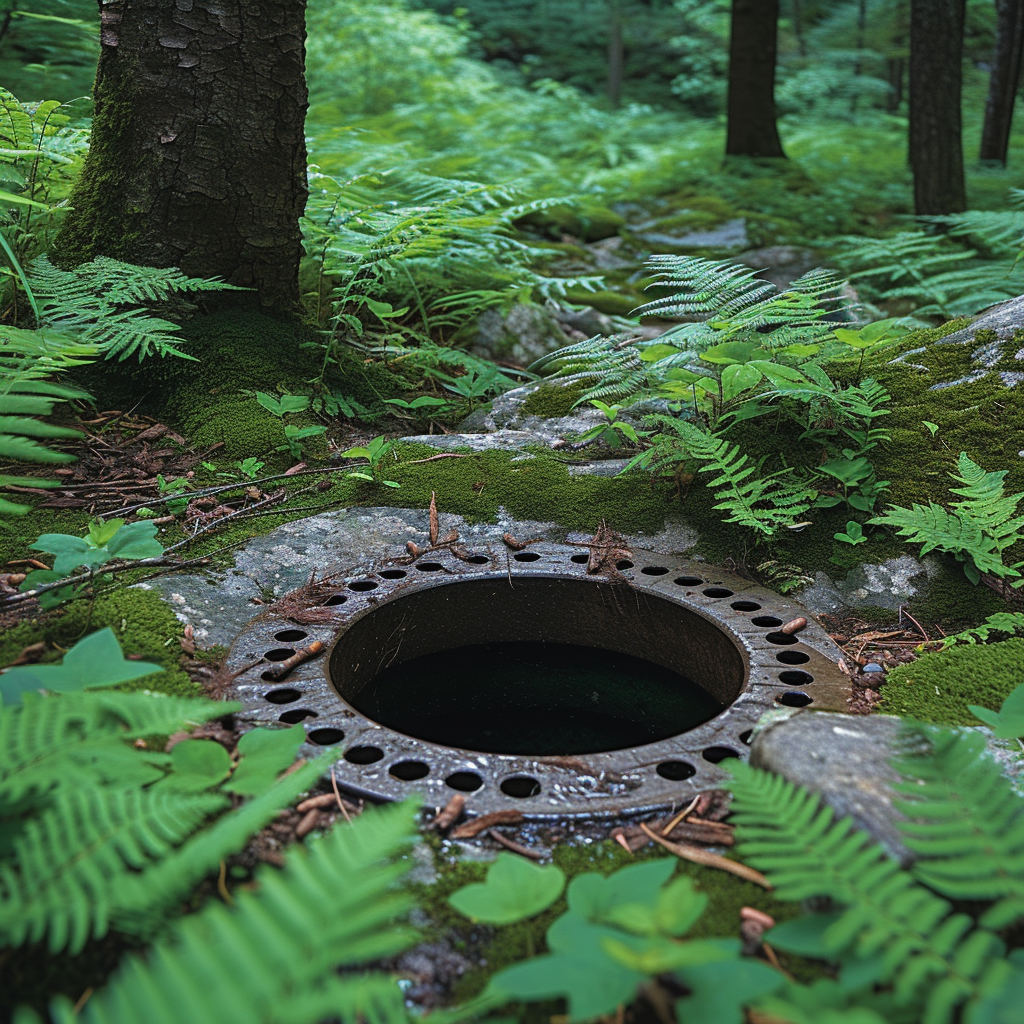
Ever wondered how septic tanks manage our wastewater? Well, it’s not rocket science, but it’s pretty clever. Wastewater from your home flows right into the septic tank. It’s here that the first magic happens: the waste gets split into three layers. Solids dive to the bottom, forming sludge; liquids hang out in the middle, becoming effluent; while fats and oils take a lighter approach, floating up to form scum.
The Settling Process
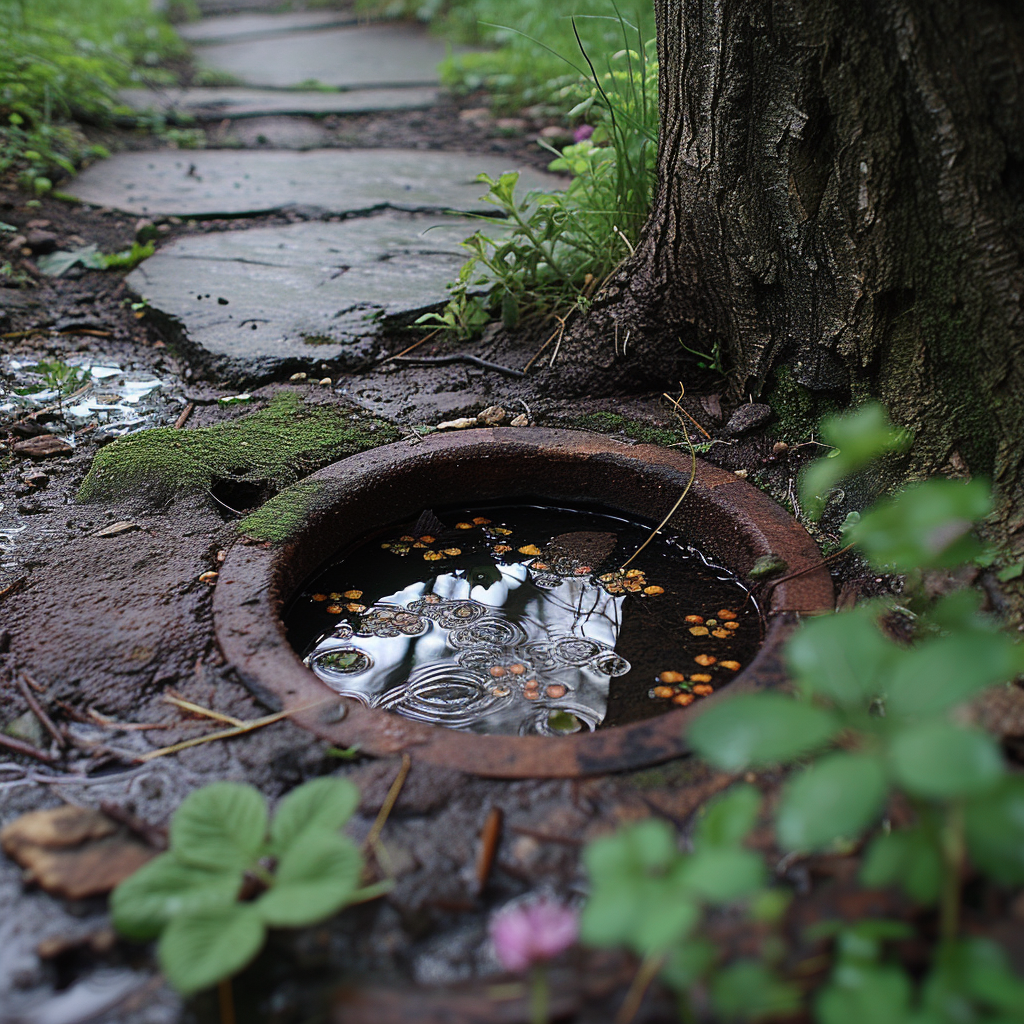
Once inside the tank, gravity does its thing. The solids submit to gravity and settle at the tank’s bottom. This leaves us with a clearer liquid layer above, also known as effluent. But let’s not forget about those less desirable fats, oils, and grease. Known collectively as scum, they rise to the top like cream on milk.
Solids (Sludge)
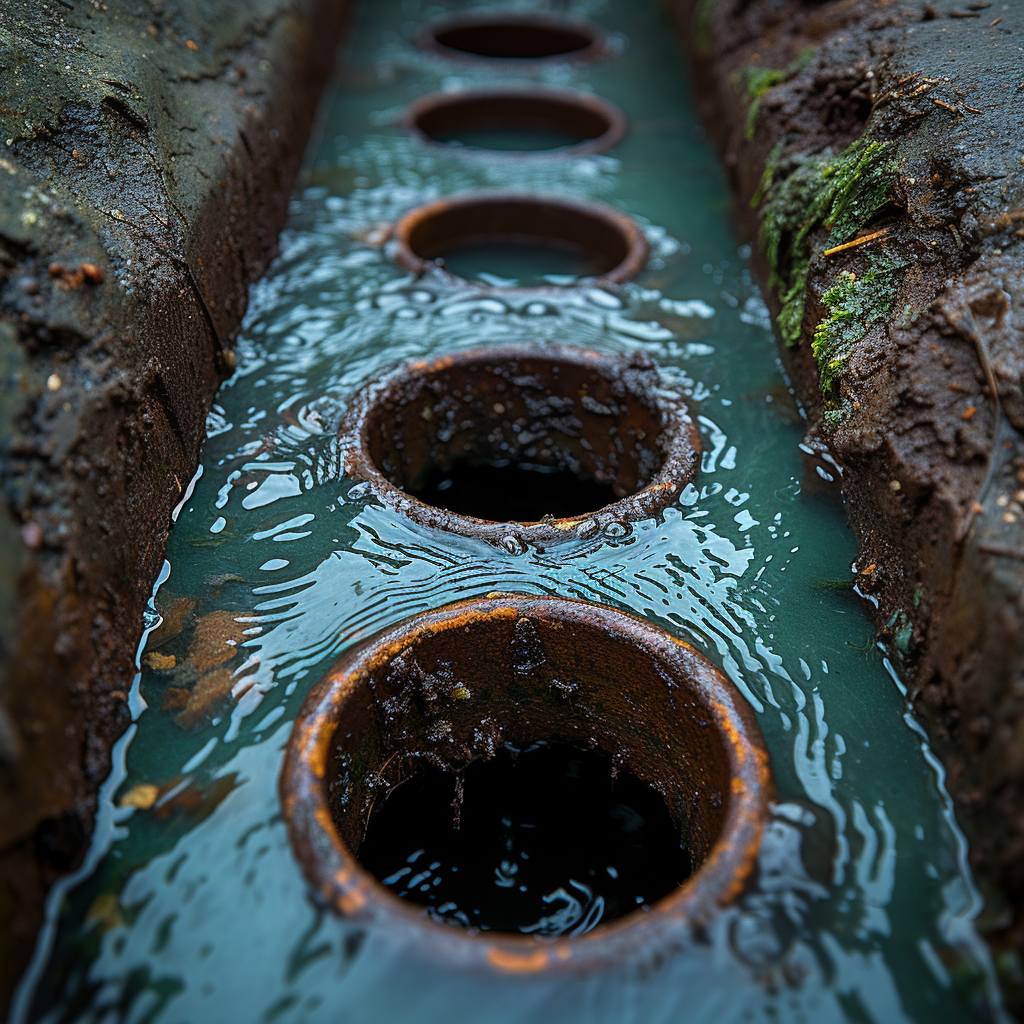
Those solids that plop to the bottom aren’t just sitting pretty; they undergo quite the transformation. Over time, they decompose thanks to some helpful bacteria working away without any need for oxygen. This process turns them into what we call sludge—a little less voluminous and a bit more manageable.
Liquids (Effluent)
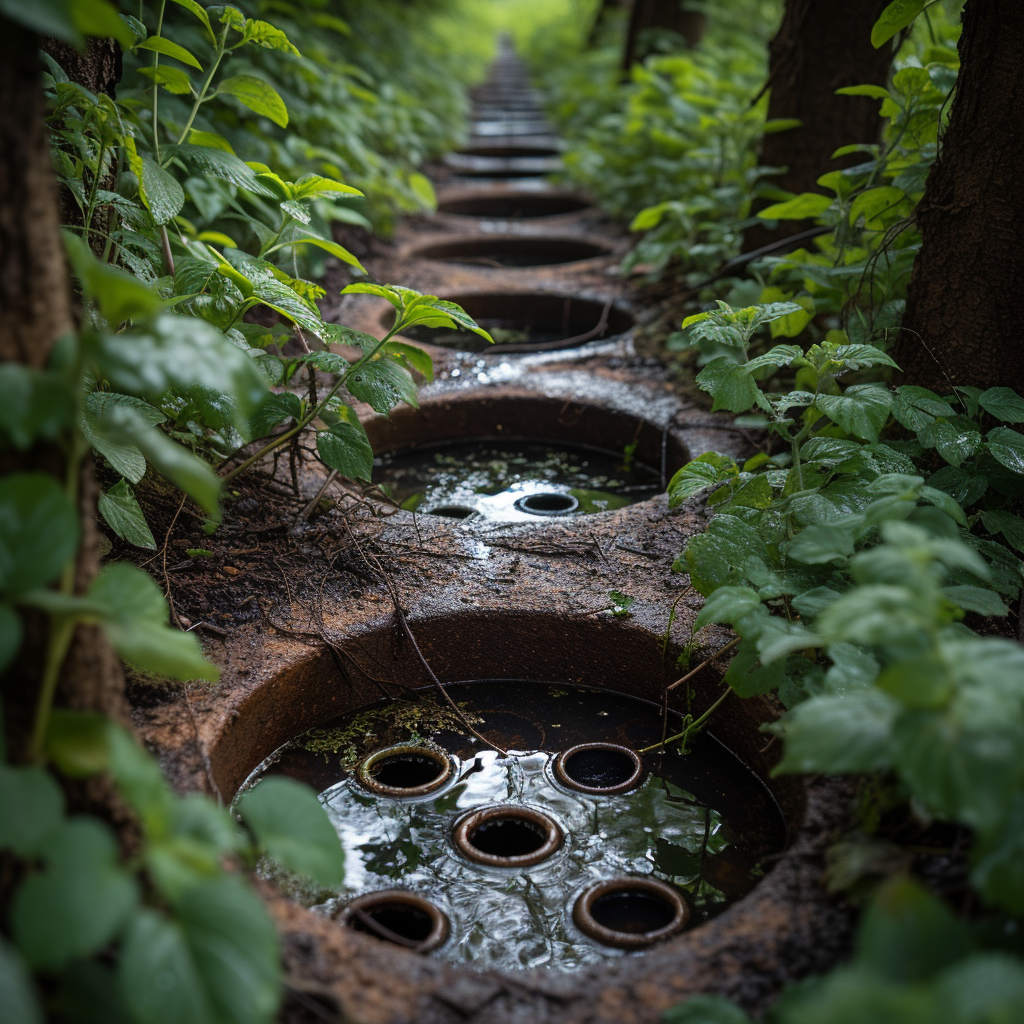
The clearer water in between — effluent — is what eventually makes an exit from the tank and heads off to be further purified by the surrounding soil in your drain field. It might still carry some small particles or dissolved substances, but most of the nasty stuff has been left behind.
Fats, Oils, and Grease (Scum)
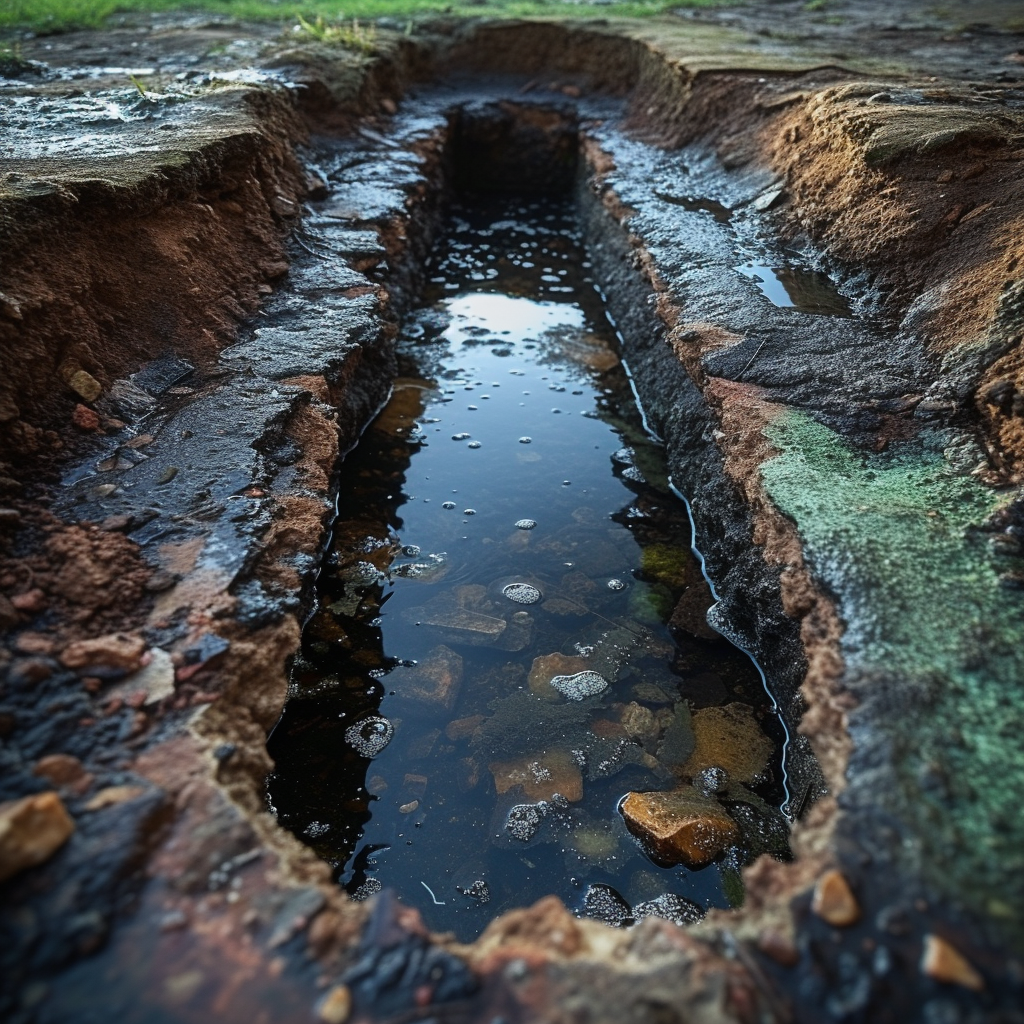
Let’s chat quickly about those fats, oils, and grease again. They form a layer at the very top and hang around until removed during routine maintenance. Notorious for causing blockages if they escape down your drainage field – let’s just say you’d want to keep ’em locked up in your tank rather than let them out on parole.
Septic Tank Depth
• Typical Depth: The depth of a septic tank can vary, but it is typically buried at least 4 to 6 feet below the ground surface to allow for proper waste breakdown and to prevent freezing in colder climates.
• Capacity and Size Considerations: Septic tank depth is often related to its capacity, which is determined by the size of the household and local regulations. Larger tanks may be deeper to accommodate more waste and ensure efficient treatment.
• Access for Maintenance: Septic tanks are designed with access in mind for regular maintenance and pumping. The depth must allow for the access risers to
Anaerobic Digestion

In short: there are no fancy air pumps or oxygen masks involved here. Anaerobic digestion is nature’s own way of dealing with waste material inside your septic tank without needing any air at all. Bacterial action breaks down those settled solids resulting in sludge that needs a clean-out every so often—but don’t get ahead of yourself here; we’re talking years, not days!
Remember – this is a simplified chat over how septic tanks function; there are nuances and further processes that can come into play depending on different systems and designs!
The Role of the Drainfield
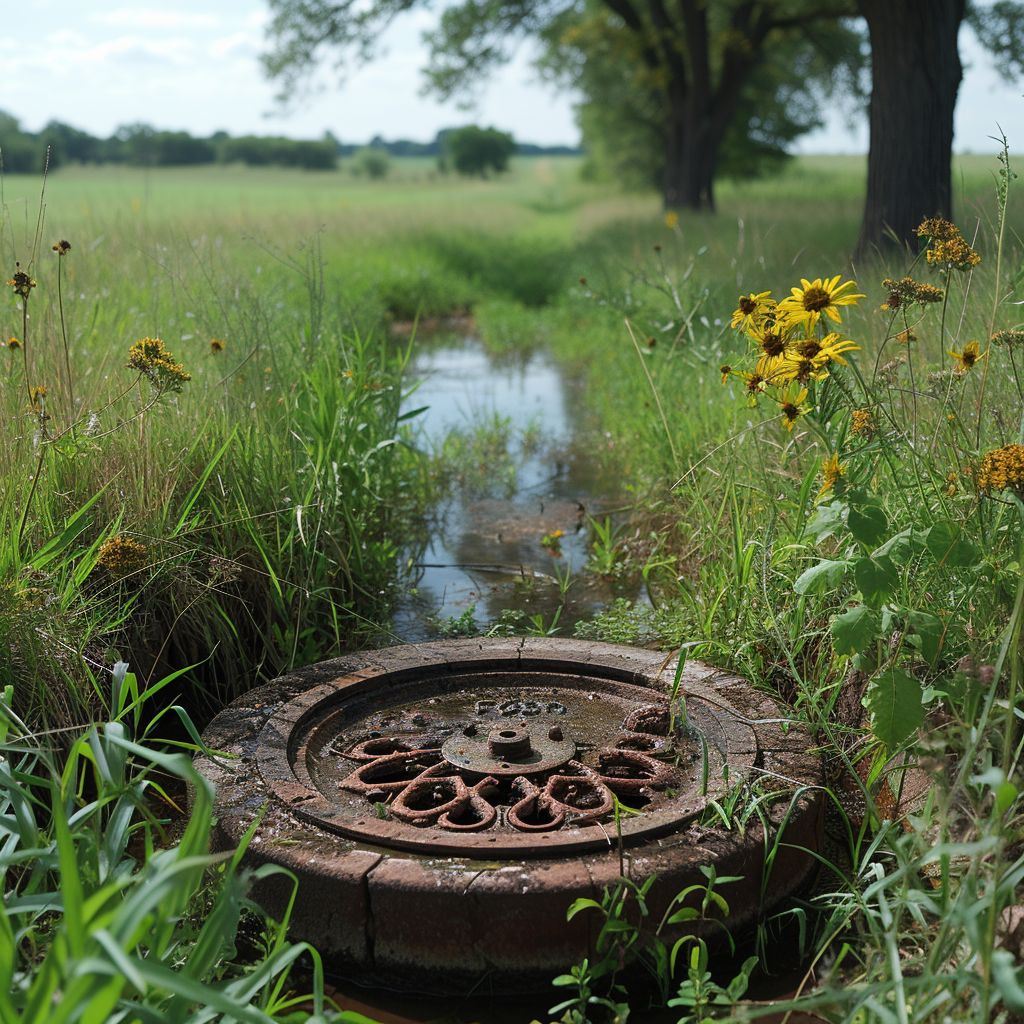
A crucial component of any septic system is the drainfield. It’s the place where the final treatment and dispersal of the treated wastewater, or effluent, occurs. In essence, after the septic tank has done its job of separating solids from liquids, the liquid effluent flows into the drainfield.
Soil-based Treatment
In the drainfield, a soil-based treatment process takes over. Soil layers act as natural filters. Here’s how it works: as effluent seeps through these layers, tiny microorganisms in the soil get to work. They’re like nature’s little cleanup crew – breaking down harmful pathogens, nutrients, and other contaminants.
By the time the effluent trickles far enough down to reach groundwater or surface water, it’s clean enough not to pose a threat to human health or the environment.
Effluent Filtration and Percolation
The wonders of this system don’t just stop there. The soil isn’t only about having microbes break stuff down; it also filters out particulates—kinda like a coffee filter for your wastewater. As for percolation – that’s just a fancy-pants way of saying how water moves through the soil.
If percolation happens too fast or too slow, it’s problematic. You want it just right so that the soil has enough time to do its dirty work (no pun intended), but not so much that your yard turns into a swamp!
Now bear in mind, while all this might seem like a walk in the park for Mother Nature, things can go south if you’re not careful with maintenance or if your system’s not properly sized for your home’s needs. And once you’ve had one run-in with a backed-up septic system… well, let’s just say it’s an experience you’d rather forget.
There ya have it—a quick dive into what makes effluent disposal and drainfields tick in a septic tank system! Just remember that bit ’bout regular maintenance—it’s kind of important.
Regular Inspections
It goes without saying, staying on top of your septic system’s health is a no-brainer. It’s recommended to give it a once-over frequently – think annually as an ideal rule of thumb.
This isn’t just about giving it a quick glance; a pro should come over to delve deep into components like the tank itself, the drain field, and associated mechanisms.
They’ll be on the lookout for early signs of trouble like leaks or clogs before they turn into bigger headaches. For peace of mind, jot down the inspection dates; keeping records can be handy later.
Pumping and Cleaning
The ol’ saying “out of sight, out of mind” shouldn’t apply to your septic tank. Every few years – three to five is a solid interval – you’ve gotta roll up your sleeves (or rather, have a professional do it) and pump out the collected solids that settle down there.
Neglecting this could spell disaster, or at least some rather unpleasant backups. While they’re at it, the tank should get a thorough clean to nix any scum sticking around.
Avoiding Overload and Damage
To keep your system squarely in the safe zone, dodging overload is key. You can start by using water wisely; repairing leaks and opting for high-efficiency fixtures can lessen the strain on your system. Also, be mindful about what goes down your drains – treating them like trash cans is a definite no-no.
Flushing things that don’t break down easily can backfire big time. And when it comes to the area over your drain field, avoid parking cars or building anything heavy on top. That kind of pressure doesn’t do your system any favors and can hamper its ability to function correctly. Lastly, planting deep-rooted trees or shrubs nearby could lead to roots getting way too cozy with your pipes or tank.
In short, give your septic system some TLC with regular check-ups, timely cleanouts, and just being smart about daily use. It’ll thank you by chugging along smoothly for years to come.
Backup and Overflow
When it comes to understanding your septic tank, backups and overflows are like the monsters under the bed: nobody wants them, but at some point, you might have to deal with ’em. This nightmare often stems from one of a few typical scenarios.
Firstly, overloading the system – that’s when you send too much water down the pipes all at once. Then there’s the not-so-pleasant issue of non-decomposable materials being flushed down – kids’ toys, sanitary products, or even those “flushable” wipes (spoiler alert: they’re not so flushable). Finding yourself in this mess? Well, don’t freak out just yet.
To tackle this, reduce water usage for a bit (short showers for the win!), and get a professional to see if there’s blockage that needs clearing.
Clogs and Blockages
Alright, let’s let’s talk clogs and blockages. Similar to how traffic jams can ruin your morning commute, clogs put a serious damper on septic tank performance. Clogs can be pretty sneaky and are usually caused by either solid waste piling up or trees roots playing havoc with your pipes.
The solution lies in maintaining good old “Out of sight, out of mind” manner — regular maintenance is crucial. Make sure you get that tank pumped every three to five years (depending on use). And remember folks, keep an eye on what goes down your drains!
Enhancing Bacterial Health
Bacteria, these little guys do all the heavy lifting inside your septic tank, breaking down waste like it’s no big deal. But sometimes they need a leg up when common household chemicals throw off their groove.
Maintain bacterial health? It’s simple: watch what you send down the sink or toilet (keep harsh chemicals to a min), consider adding bacterial additives if needed, and stay on top of routine maintenance checks.
Remember, keeping up with these aspects might seem like a chore now, but it’ll save you from pulling out your hair later on when things could get really messy. Look after your septic system right, and it’ll return the favor tenfold.
Efficient Use of Water
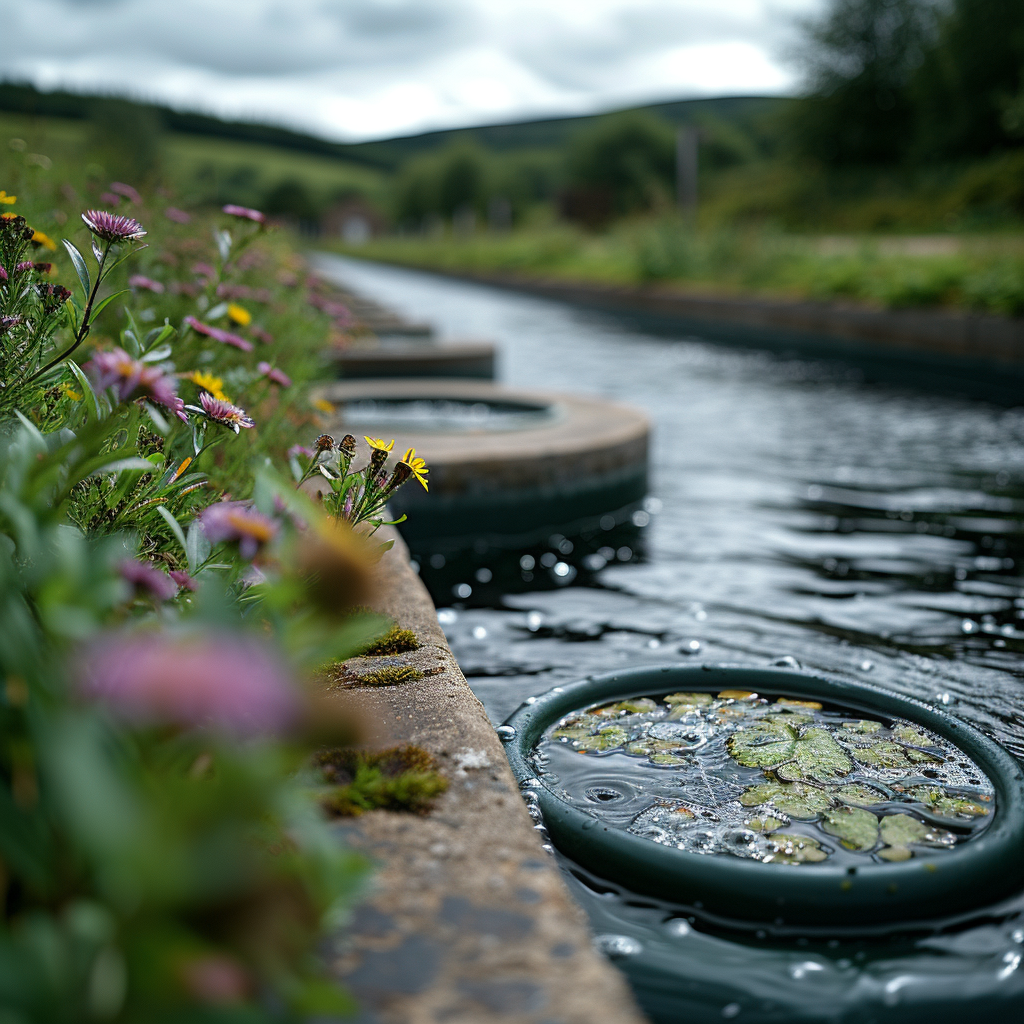
Proper water conservation isn’t just beneficial for the environment—it’s crucial for maintaining a septic system’s integrity. Here’s the thing, the more water we use, the harder our septic tanks have to work. To keep them functioning at their best, it’s all about moderation.
Simple steps can make a big difference, like fixing leaks promptly and installing low-flow fixtures. It may seem like a drop in the bucket, but these little changes can significantly reduce the volume of wastewater your septic tank has to manage.
Reducing Chemical Disposal
Now, let’s talk chemicals. You might think what goes down the drain doesn’t matter much, but you’d be mistaken. Harsh chemicals can wreak havoc on the natural breakdown process within septic systems.
It comes down to just being mindful of what we pour down our sinks and toilets. Shy away from chemical-heavy cleaners and opt for those that are more eco-friendly—your septic tank will thank you by running smoother and lasting longer.
Impact on Local Ecosystems

When it comes to local ecosystems, septic tanks play a bigger role than most folks realize. They’re not just backyard fixtures; they’re part of the deeper environmental network. A properly maintained septic tank is practically a boon for your local habitats; however, if neglected, things can go south fast.
The potential for nutrient overload, contamination, and unpleasant disruptions within delicate ecosystems is real when septic systems go awry. Therefore, looking after your tank is more than just personal upkeep—it’s a commitment to preserving the intricate balance of nature around us.
Frequently Asked Questions (FAQ)
What sort of maintenance does a septic system require?
Septic system maintenance essentially includes regular inspections, septic tank pumping to remove sludge, checking and cleaning the filter in the outlet pipe, monitoring water use to avoid overload, and ensuring that the components like pumps and float switches are working correctly. It’s also important for homeowners to be mindful of what goes down their drains to prevent clogs and damage to the system.
Can variations in septic tank types affect sewage treatment efficacy?
Yes, variations in septic tank types—such as chamber systems, conventional stone and pipe systems, or advanced designs with additional treatment filters—can definitely affect the efficiency of sewage treatment. Each type has its own set of benefits and is designed with particular soil and wastewater contents conditions in mind.
What factors should I consider when choosing a service provder for septic tank repairs?
When selecting a service provider for septic tank repairs, homeowners should take into account factors like the provider’s experience, reputation, range of plumbing services offered, including emergency repairs. Providers like Mr. Rooter Plumbing often offer service contracts which can be beneficial as they include regular upkeep and necessary repairs.
How does a household septic system impact nearby waterways?
A household septic system can impact nearby waterways if not properly maintained. Malfunctions can lead to sewage backup or leakage containing harmful nutrients and bacteria entering drainfields or surface waters. This may pose health hazards not just on your property but also affect communities downstream.
Are there any government regulations concerning household water use with a septic tank sewage treatment system?
Government regulations typically cover installation and design principles of household septic tanks to ensure they handle 25% or more of wastewater produced by home activities. These regulations can also include stipulations on minimum levels of maintenance such as mandatory periodic pumping every few years.
In what scenario might a homeowner need immediate professional plumbing work on their septic system?
A homeowner might require immediate professional plumbing work if they notice signs like sewage backup spill in their yard, persistent drain backup even after clearing clogs, gurgling noises from plumbing fixtures, or drastic changes in the drainfield area vegetation. These issues could indicate significant problems such as pipe blockages or leaks and call for urgent attention.
Is there any particular chamber design beneficial for areas in southeast regions like Pomona Valley?
One chamber design that could be beneficial for areas with specific soil conditions like those found in southeast regions such as Pomona Valley is the gravelless chamber systems. These have been shown to be effective due to ease of installation while providing adequate effluent filtration through the surrounding soil.
Do substances like oils and grease affect my septic tanks over time?
Absolutely! Oils and grease can create a scum layer at the top of your septic tank contents; over time this can lead to clogs within your inlet or outlet pipes. Reducing this sort of waste by being cautious about what goes down your kitchen sink is a proactive approach you could follow.
Why are Faucet aerators recommended for homes using septic systems?
Faucet aerators are recommended because they cut down on water use—a key factor directly influencing how different components manage the incoming wastewater flow into your tank—contributing towards more efficient resource management within your household plumbing system.
What's the principle behind adding bacteria into my septic system?
The principle behind adding bacteria into your septic system is that these microorganisms help break down solid organic material—human waste from toilets, materials from household laundry—turning it into simpler compounds. This process assists in reducing the sludge layer that accrues at the bottom part of your tank.

I’m Tim Robberts, a seasoned wastewater treatment & septic system expert with over 40 years of experience in the field. My career began as a septic tank installer, and I quickly gained a reputation for my attention to detail and commitment to excellence. Over the years, I’ve honed my skills in designing, installing, and maintaining septic systems for residential and commercial properties.
